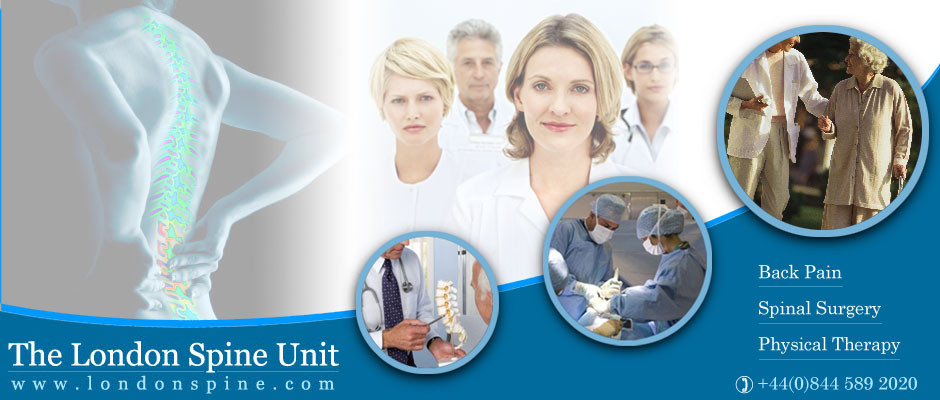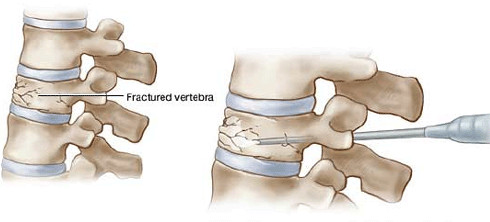Percutaneous vertebroplasty (PV) is a minimally invasive procedure consisting of the injection of an acrylic cement (polymethylmethacrylate [PMMA]) into the spongy portion of a partially collapsed vertebral body that is performed in order to provide pain relief and prevent vertebral collapse and pseudoarthrosis in patients with osteoporotic vertebral fractures by increasing mechanical stability. It has been reported that PV produces analgesic effects and assists in the strengthening of weakened spinal segments when used in the management of vertebral compression fractures secondary to osteoporosis, aggressive hemangiomas, focal multiple myeloma, aneurysmal bone cysts, lymphomas, eosinophilic granulomas, plasmacytomas, and osteolytic metastases, as well as in traumatic fractures.
Formerly the treatment was conservative, it was only recommended the use of girdle or corset for back support, analgesics that were ineffective since the pain is usually very intense for months, and bed rest that was being counterproductive, because the immobilization accelerates the osteoporosis, contributing to new posterior fractures in neighboring vertebrae, and creating deformity in the spine.
Indications:
Because some patients have multiple chronic fractures, there must be a strong correlation between signs of physical examination, symptoms, and imaging findings.
It has been reported that vertebroplasty can effectively treat certain types of painful vertebral body compression and some unstable or painful benign and malignant vertebral lesions that fail to respond to traditional non-surgical treatments.
The main indication for PV has been the treatment of the pain of compression fractures of an osteoporotic or neoplastic vertebral body, refractory to medical treatment. The ideal candidate for PV presents with a fracture of at least 2 weeks of evolution, with axial pain in the midline, not irradiated, which increases with the weight load and with the manual palpation of the spinous processes in the affected level. The failure of medical treatment is defined by minimal or no pain relief with the administration of analgesics, or adequate pain relief but with doses of narcotics that produce undesirable side effects (excessive and intolerable sedation, confusion or constipation).
Benefits:
- Reduction or disappearance of pain.
- Stabilization of the fracture, preventing further crushing.
- Strengthening of the fractured vertebra.
- An increase of the mechanical stability of the column.
- Allows mobility, flexibility, and speed of movement.
- Returns the independence to the patient.



















